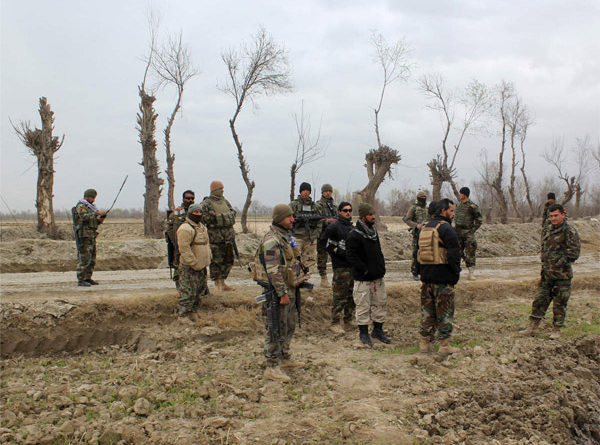US-Taliban Agreement Portends Several Challenges For India
By Kanwal Sibal
MAR 05, 2020
The US-Taliban agreement is lopsided, explained by the tight timetable for President Donald Trump to deliver on his campaign promise to bring the US troops back home before the presidential election in November.
There is a glaring gap between the claim that the peace process in Afghanistan should be Afghan-owned and Afghan-led, repeated in the joint India-US statement during Trump’s visit, and direct negotiations between the US and the Taliban culminating in an agreement.
By this separate agreement with the Islamic Emirate of Afghanistan (IEA), as demanded adamantly by the Taliban, the US has accorded the latter a status equal to the legitimate Afghan government, even if the US pro forma notes in the agreement that it does not recognise the IEA.
The US has agreed to withdraw all troops in 14 months, including “non-diplomatic civilian personnel, private security contractors, trainers, advisors, and supporting services personnel ”, another key Taliban demand.
This means no bases, no residual forces left to prevent a full Taliban takeover. The joint declaration between the US and the Afghan government of February 29, 2020, says that the US will seek funds on a yearly basis that support the training, equipping, advising and sustaining of Afghan security forces, but once the US withdraws, Afghanistan will lose its strategic value for America and the commitment to maintain this financial support, especially if intra-Afghan talks succeed and the Taliban are in the government, will make little sense.
The Taliban, according to the agreement, “will not allow any of its members, other individuals or groups, including Al Qaeda, to use the soil of Afghanistan to threaten the security of the United States and its allies”.
For one, the Taliban do not control the entire “soil of Afghanistan”. Intriguingly, unlike in the joint declaration between the US and the Afghan government, the ISIS-K is not mentioned.
More importantly, groups like the LeT and JeM, which are UN designated terrorist organisations, are not mentioned, which leaves India exposed.
If combating terrorism is a shared responsibility of the international community, as is now accepted in umpteen declarations, why the Taliban has not been asked to forswear all violence outside Afghanistan is unfortunate.
Strengthened India-US counter-terrorism cooperation has pertinence essentially in the Pakistan-Afghanistan context, which the USTaliban agreement overlooks. US sanctions on Taliban leaders are required to be removed in three months (by May 29), which means that even this pressure point on the Taliban in the context of the intra-Afghan talks has been forgone.
On the prisoner release issue, differences have erupted already because whereas the US-Afghanistan joint declaration speaks of the feasibility of releasing significant numbers of prisoners on both sides, the US-Taliban agreement stipulates that 5,000 Taliban prisoners and up to 1,000 prisoners “from the other side” by the Taliban will be released by March 10, which is when the Oslo-based intra-Afghan talks begin.
The Afghan government has declared that no prisoner release will take place before these talks begin, and the Taliban has announced that as per their agreement with the US they will not attack foreign forces but that their “operations will continue against the Kabul administration forces”.
The ceasefire issue has been left undetermined in the US-Taliban agreement, even though it is critically important for bringing peace to Afghanistan and ending violence. This shows the huge pitfalls ahead.
Afghanistan’s future which we cannot control ourselves is most uncertain, and this is problematic for India. What we need is selfconfidence and building capabilities to deal with challenges as they arise.
(The author is a former foreign secretary)
Courtesy: ET

